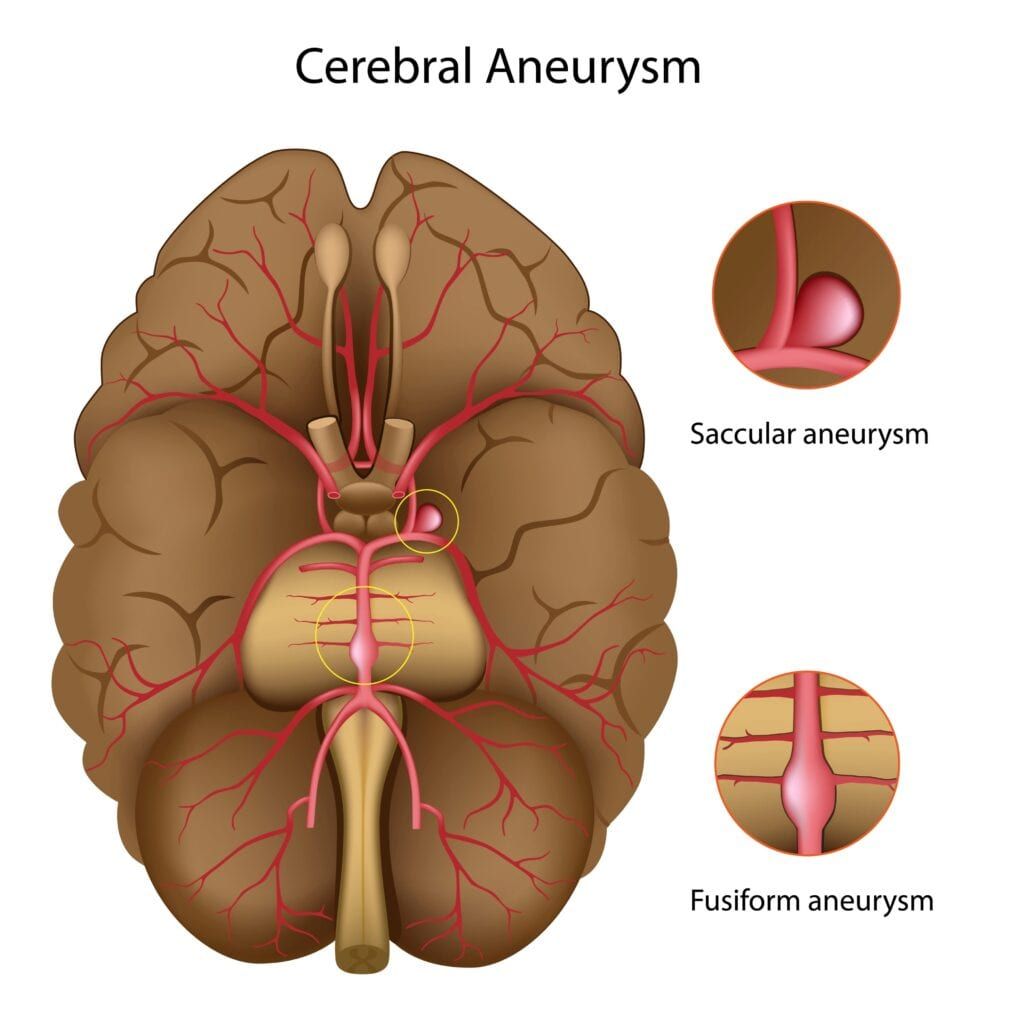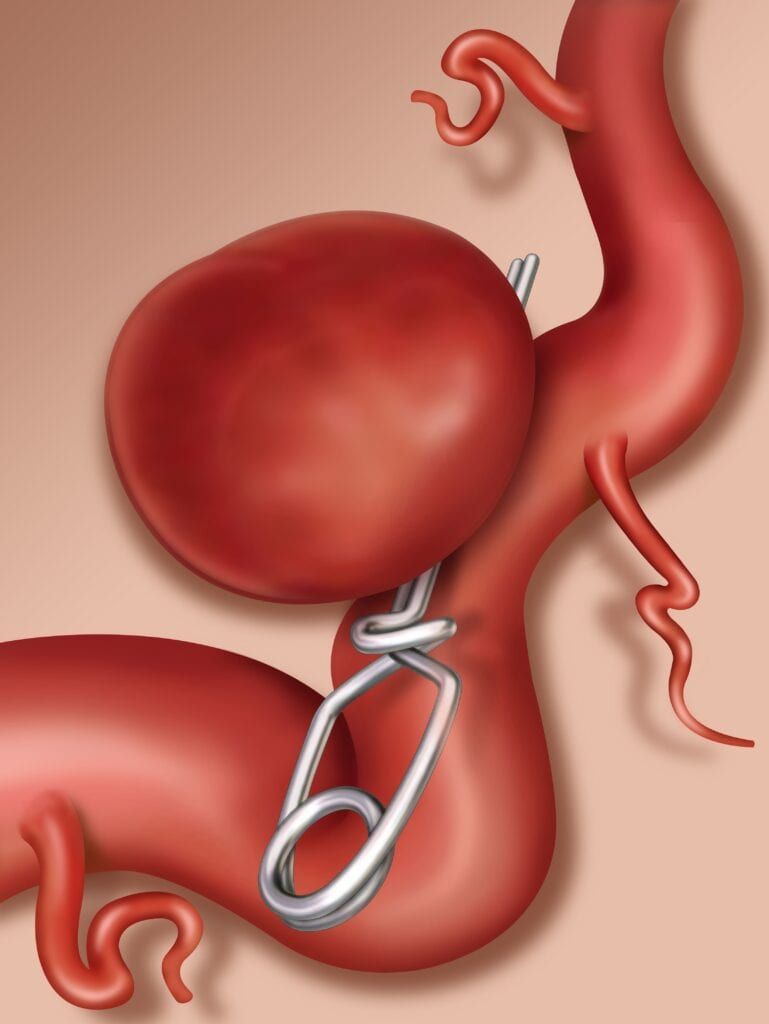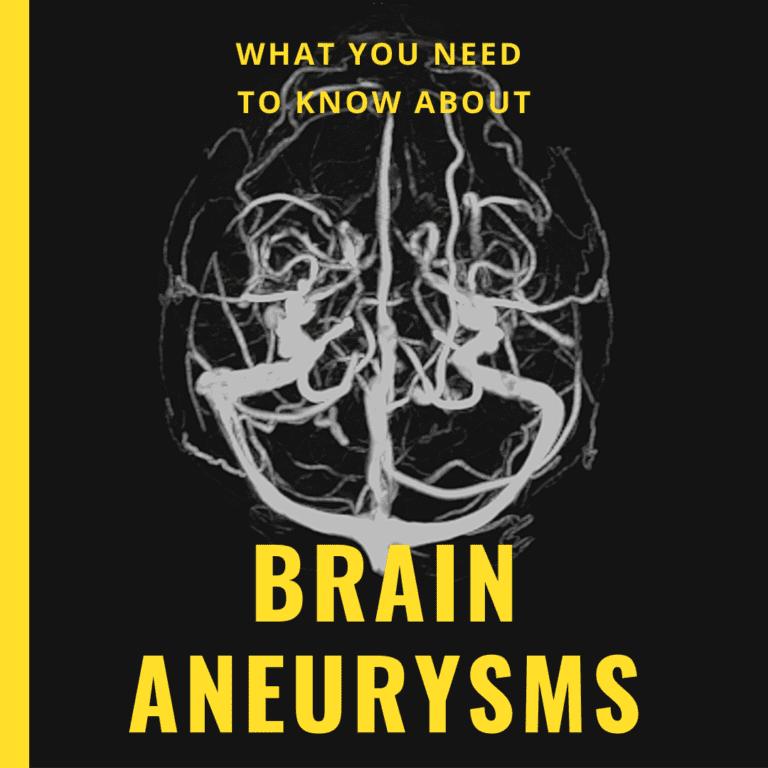How much do you know about brain aneurysms? Chances are, unless you or a loved one has experienced a brain aneurysm, probably not much. In some cases, what you do know about brain aneurysms may be the result of watching medical dramas on TV. Even if you do have a basic understanding, it is always good to brush up on brain aneurysm facts every now and then. Therefore, here are some of the basic things you should know about brain aneurysms:
Characteristics of a Brain Aneurysm

The first thing you should know is what constitutes a brain aneurysm. A brain aneurysm is a weak spot in one of the brain’s arteries. This weak spot allows blood to collect and form a bulge on the artery. Since the arterial tissue is unusually thin in these areas, brain aneurysms can rupture easily and cause a subarachnoid hemorrhagic stroke. While brain aneurysms can form anywhere in the brain, they generally tend to form at the base of the skull.
There are two different types of brain aneurysms, including:
- Saccular aneurysms: also known as “berry aneurysms”, these are the most common type of aneurysm. They are characterized by a bulge that forms on one side of the artery, forming a dome and a neck that connects the dome to the main artery.
- Fusiform aneurysms: are characterized by a widening of the artery that occurs on both sides and does not have an established “neck”. This type of aneurysm is less common.
Aneurysms Come in Different Sizes
There is no one-size-fits-all when it comes to brain aneurysms. In fact, they can develop in a range of different sizes. In most cases, however, aneurysms are extremely small and barely measure more than 1 inch. The smallest are usually about 1/8th of an inch. However, they can also be larger as well. Larger aneurysms are about 1 inch in size and can be problematic.
Not all Brain Aneurysms Rupture
The Brain Aneurysm foundation notes that around 6 million Americans currently have unruptured brain aneurysms. The foundation also notes that around 50-80% of brain aneurysms will never rupture. Oftentimes, unruptured aneurysms do not produce any symptoms and may be found by accident. In some cases, larger unruptured aneurysms can press on the nerves and cause blurred or double vision, drooping eyelids, dilated pupils, pain above the eye, and weakness or numbness.
A Ruptured Aneurysm is an Emergency
Although most aneurysms do not rupture, about 30,000 Americans suffer from ruptured aneurysms annually and 40% of these cases are fatal. A ruptured aneurysm is an emergency that requires an immediate 911 call. When an aneurysm ruptures, it tends to produce sudden symptoms such as:
- Sudden and severe headache
- Nausea/vomiting
- Stiff neck
- Blurred or double vision
- Sensitivity to light
- Seizure
- Drooping eyelid
- A dilated pupil
- Pain above and below the eye
- Loss of consciousness
- Confusion
- Weakness or numbness
Certain People are a Higher Risk
As with any medical condition, there are always certain populations that are at an increased risk. In the case of brain aneurysms this includes: people over the age of 40, women, African-Americans & Hispanics, people who have used cocaine or other drugs, and those with a family history of aneurysms. Additionally, certain medical conditions can increase the risk of developing a brain aneurysm including: hypertension, Ehlers-Danlos syndrome, autosomal dominant polycystic kidney disease, Marfan syndrome, and fibromuscular dysplasia.

There are Brain Aneurysm Triggers
The American Heart Association recently published an article in their journal entitled Stroke that stated there are certain factors that can trigger the rupture of an existing aneurysm. These factors include: excessive exercise, coffee or soda consumption, straining during bowel movements, intense anger, startling, and sexual intercourse. In some cases, aneurysms can also form or rupture from head trauma, brain tumors, and infections, however this is not as common.
Aneurysms Can Be Treated
Both unruptured and ruptured aneurysms can be treated by cutting off the blood supply to the aneurysm. This decreases the risk of rupture due to blood pressure. There are different approaches to cutting off an aneurysm’s blood supply that include clipping the aneurysm and/or inserting a coil, stent, or flow diversion device into the affected artery. In some cases, the best treatment may be no treatment, just observation. Only your neurologist can help you decide what type of treatment is most beneficial to you.

Dr. Kashouty, a diplomate of the American Board of Psychiatry and Neurology (ABPN), practices general neurology with fellowship trained specialization in clinical neurophysiology. Dr. Kashouty finds the form and function of the nerves and muscles the most interesting part of neurology, which is what led him to specialize in neurophysiology with more emphasis on neuromuscular conditions. He treats all neurological diseases, but his main focus is to treat and manage headaches, movement disorders and neuromuscular diseases.




